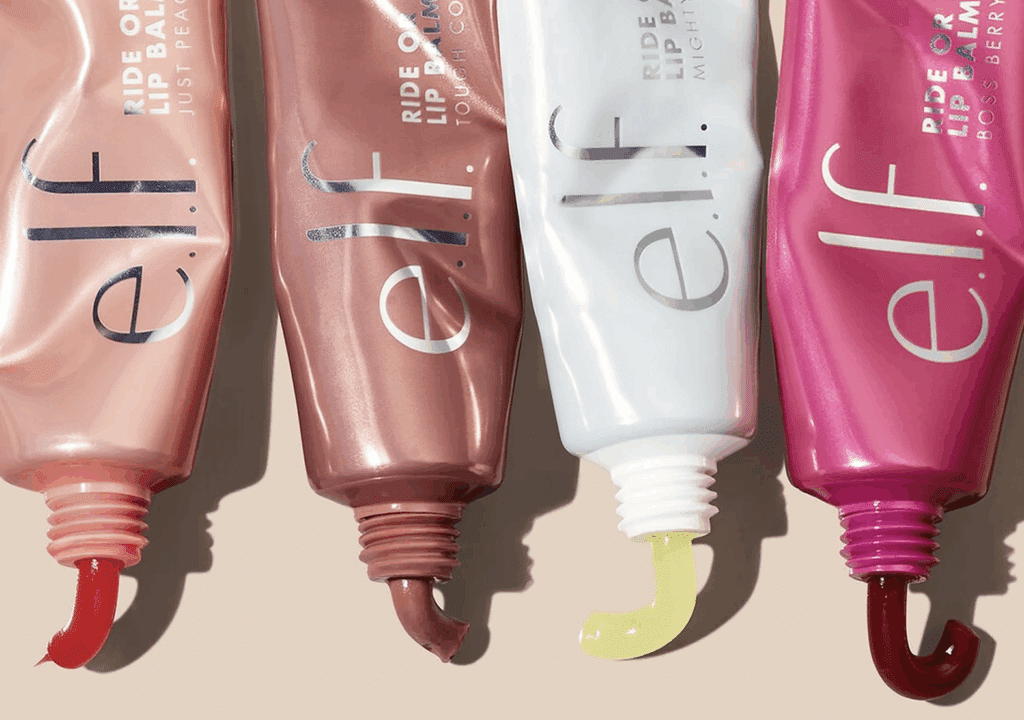It is official. On the heels of reports that J. Crew would be one of the first major retail bankruptcies of the COVID-19 crisis, the New York-headquartered apparel company filed for Chapter 11 bankruptcy protection with a bankruptcy court in the Eastern District of Virginia on Monday. The company cited assets and liabilities at between $1 billion and $10 billion, and revealed that it had reached a deal with its lenders to convert about $1.65 billion of debt into equity. “We will continue all day-to-day operations,” according to J.Crew Group CEO Jan Singer.
J. Crew’s bankruptcy filing, which had been predicted by analysts and media outlets, alike, comes amidst a marked rise and fall of an American retail mainstay, which got its start in 1983 and rose to retail fame as the home for “accessible high fashion” under the direction of former CEO Mickey Drexler (the man behind Gap’s rise in the 1990s), and “thoughtful architects of creative vision” – as the New York Times’ Jon Caramanica called them in the paper’s “Critical Shopper” series in 2017 – Jenna Lyons on the women’s side, Frank Muytjens on men’s wear.
By way of Lyons, in particular, “J. Crew cracked the code of all-day dressing for the ‘creative class’ by combining the formal with the informal: it sold tuxedo jackets you could wear to the office and sequined blouses that could work under military jackets,” the New Yorker wrote in 2017. This approach made the retailer both attractive to many consumers, while also marking its downfall. Instead of speaking to its core consumer base, J. Crew pivoted to fashion folks, and in the process, its designs grew “overpriced, eccentric, and even downright ugly.”
Paired with “quality-control problems, too, and missteps with fit,” as the New Yorker’s Joshua Rothman aptly noted at the time,” the brand’s neglect for the people who used to frequent its stores and buy its clothes could not be saved by savvy marketing. It also did not help that while J. Crew was busy chasing people other than its loyal fans (and failing), the retail landscape was swiftly changing. Consumers were starting to abandon the mall en masse in favor of e-commerce. Many consumers were starting to shift away from spending large sums on apparel altogether, as things like cheap, trendy fast fashion and “experiences” began to capture their wallets.
As for those that were still interested in spending on goods from traditional mall retailers, whether that be the Gap, American Eagle, or Abercrombie, they were getting very accustomed to steep apparel and accessories-centric discounts, thereby, forcing retailers to rely on sales to draw in shoppers.
In a 2017 survey, for instance, retail analytics firm First Insight found that 45 percent of American women need to see a markdown of 41 percent or more to even enter a store. And instead of paying full price, consumers were generally found to be willing to pay only 76 percent of the full price of womenswear products, noting that “consumers are not seeing enough value in products to pay full price.”
With all of these elements taken together, mall retailers struggled. The likes of Wet Seal, The Limited, Aeropostale, Pacific Sunwear, and Payless filed for bankruptcy; some filed more than once. Others, such as the Gap, Old Navy, and Abercrombie, closed some of their stores and tried to regain their footing online. In most cases, that did not stop them from posting quarters-long streaks of losses in the mid-2010s or so.
Privately-held J. Crew – which was acquired by TPG Capital and Leonard Green & Partners for $3 billion in 2011 in a leveraged buyout (i.e., an acquisition that makes use of a significant amount of borrowed money) – falls neatly within this grouping of retailers that has focused significantly on its brick-and-mortar presence and failed to evolve quickly or efficiently enough to meet consumers where they are (i.e., online), and thus, has operated “under a heavy debt load and with sizable sales challenges after falling out of touch with its once-loyal customers,” per CNBC.
With that in mind, the company’s name had been high up on the list of analyst predictions of retailers that would be unlikely to survive the spread of the COVID-19 pandemic and the global financial crisis that has come along with it. Beyond its over-reliance on physical retail, mounting debt and limited cash reserves, J. Crew is among the brands that were “wandering around aimlessly pre-pandemic,” Mark Cohen, director of retail studies at the Columbia Business School, told CNN, making it one of a growing number of companies that are expected to significantly struggle.
Beyond the widespread closures of brick-and-mortar stores across the country (and beyond) and consumers largely opting out of non-essential purchases, the coronavirus had a hand in forcing J. Crew to cancel plans to take its Madewell subsidiary public, further derailing its existence. The retailer – which revealed that it brought in $1.71 billion in sales for its marquee brand in 2019, down 4 percent from the year prior, with adjusted earnings topping $250 million, more than double the $112.8 million it generated the year earlier – “had planned to use the proceeds of the Madewell IPO to pay down part of its $1.7 billion in debt, but the IPO plans were scrapped in March” in light of pushback from creditors and a stock market that was sloping due to the onset of the COVID-19 virus, the Wall Street Journal reported last week.
Despite the scrapped IPO and subsequent bankruptcy filing, Madewell will remain part of J.Crew Group.
As for what this means for J. Crew going forward, CNN asserted on Monday morning that “a bankruptcy filing doesn’t necessarily mean a company will go out of business,” as “many firms use bankruptcy to shed debt and other liabilities they cannot afford while closing unprofitable operations and locations.” Although, Edward Morrison, a bankruptcy law expert and professor at Columbia Law School, has told TFL (in connection with Forever 21’s Chapter 11 filing) that while a bankruptcy proceeding essentially enables companies to renegotiate debts, renovate operations, renegotiate contracts, and propose a repayment plan, relatively few companies actually emerge in-tact.
J. Crew, which plans to permanently close an unspecified number of stores stores, aims to beat the odds, saying that it “expects to stay in business and emerge from bankruptcy as a profitable company.” Singer said on Monday that the company is “looking to reopen our stores as quickly and safely as possible, [and] this comprehensive financial restructuring” – including about $400 million of fresh financing from Anchorage Capital Group, Blackstone’s GSO Capital Partners and Davidson Kempner Capital Management – “should enable our business and brands to thrive for years to come.”
UPDATED (September 10, 2020): As of September 10, 2020, J. Crew had emerged from bankruptcy. As reported by MarketWatch, “J.Crew has swapped $1.6 billion in debt with Anchorage Capital Group LLC, which is now the majority owner of the company. J.Crew has a $400 million exit term loan from Anchorage, GSO Capital Partners LP and others due 2027, and a $400 million asset-based lending credit facility due 2025 from Bank of America NA. Ahead of the bankruptcy filing, J.Crew had filed to take the Madewell brand public.”














